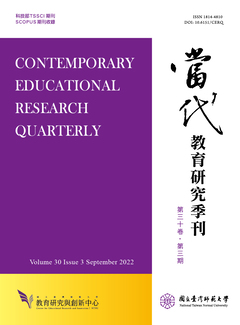

In recent years, ecology and sustainable environment issues have received increasing public attention. In responding to this trend, schools have devoted more efforts to setting up related environmental facilities. However, critics of these efforts have pointed to low using rates and maintenance burdens. Through a Post-Occupancy Evaluation of school facilities, we discovered that ignoring educational demand in the facility planning process is the key factor leading to such problems. In order to understand the relationship and possible coordination between teaching and school facilities, we researched an eco-pool design in elementary schools. With teachers' help, we discuss the method of integrating course materials into the eco-pool design and design patterns, which result in the following five conclusions: (1) The facility use and management problems occurred in facilities that could not satisfy teaching needs. It violates the fundamental concept that school facilities should support educators. Therefore, a pattern of educational requirements leading the hardware planning process is created to achieve this goal; (2) In addition to natural science and technology, mathematics, language, and everyday life also demonstrate a close relationship to eco-pools; (3) Various grades and courses have diverse needs and characteristics that should be considered in the planning process; (4) The relationship between teaching and school facilities is a continued and cycled process of creation that directly influences using rates and teaching effectiveness; and (5) Through planned courses related to hardware design, school facilities can provide more support in teaching development.

This work is licensed under a Creative Commons Attribution-NonCommercial 3.0 Taiwan License.
Center for Educational Research and Innovation, National Tawain Normal University
162, Ho-Ping East Rd, Sec. 1, Taipei, Taiwan | Tel:+886-2-7749-3670 | E-mail: cerecerq@gmail.com
CERI | NTNU | E-mail Alerts | Open Journal System
© 2014 CERI-NTNU
